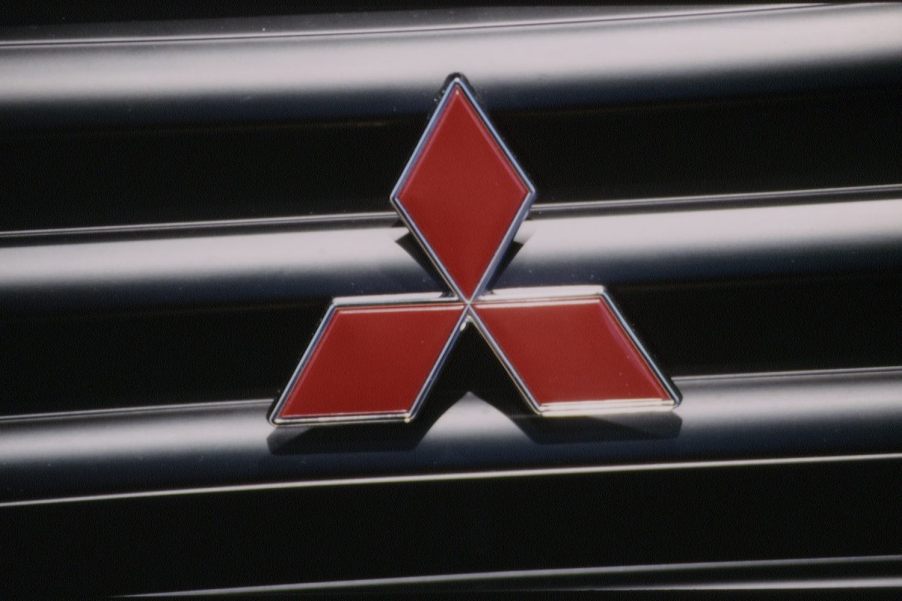
What Was the First Car Mitsubishi Ever Built?
Mitsubishi is one of the few brands that have enjoyed success in multiple industries. The company has a vast history that spans centuries. It’s best known for producing cars, trucks, and SUVs. But what was the first Mitsubishi car the automaker produced?
Here’s a brief overview of Mitsubishi’s heritage and some key facts about the company’s evolution. The brand has grown from a shipping company to a global automotive manufacturer.
A brief history of Mitsubishi
Japanese entrepreneur Yataro Iwasaki established Mitsubishi as a shipping company in 1870. Shipping was the company’s core, but it later diversified. The brand ventured into ship repair services and coal mining for a steady fuel supply to power its ships.
Mitsubishi also established an iron mill to provide its shipyard with a reliable supply of iron. It then ventured into marine insurance to cover its shipping company and other firms. The company continued investing in other industries, such as glass, banking, paper mills, trading, real estate, electrical tools and equipment, aircraft manufacturing, oil, and warehousing.
Eventually, it established Mitsubishi Heavy Industries, which included Mitsubishi Motors. The latter, the sixth-largest car manufacturer based in Japan, separated from Heavy Industries in 1970. Heavy Industries also diversified into fields such as:
- Power generation
- Imaging and optics
- Real estate
- Nuclear power
- Chemical production
The Model A was the first Mitsubishi car

The company began making passenger cars in 1917, nearly 15 years after Ford sold its first Model A. The Model A is also the name of the first Mitsubishi car ever built. This seven-seater incorporated a Fiat design. Mitsubishi produced only 22 units because of the high costs associated with manufacturing the car.
The Model A was the first of its kind to be manufactured in Japan. Assembly happened at Kobe Shipyard, owned by Mitsubishi Shipbuilding Company. Beaten sheet metal was used to manufacture the chassis, while cast iron was used for the engine.
In addition, gas headlamps were fitted on the Model A, and the body primarily comprised lacquered steel panels. Mitsubishi says it used worsted fabric from England to make the vehicle’s interior.
Over the decades, Mitsubishi cars have evolved and undergone significant changes.
Mitsubishi cars over the years
After the Mitsubishi Model A came out, the company unveiled the PX33 prototype in 1935. The PX33 was the first passenger car manufactured in Japan with four-wheel drive. However, the company made only four examples.
In 1946, Mitsubishi debuted the Bakkie, which had three wheels and a four-stroke 750cc engine. Approximately 900 units rolled off the assembly line, and it gained popularity in the automotive market.
Nearly two decades later, in 1962, Mitsubishi introduced the Colt while the company shifted to more performance-based vehicles.
In 1973, the popular Lancer debuted and went into production that August.
Almost a decade later, in 1982, the Mitsubishi Pajero SUV came out. It soon gained fame after its success in the 1983 Paris-Dakar rally.
In 1993, Mitsubishi launched the Toppo, a compact van.
Afterward, the company redesigned its existing models and added newer vehicles like the Outlander SUV in 2005 and the four-wheel drive Bakkie ute truck in 2006.
The 2007 Lancer put the car on the map by providing consumers with a compact sedan with all-wheel drive. And Lancer Evolution models stand out for their impressive performance comparable to a supercar.





